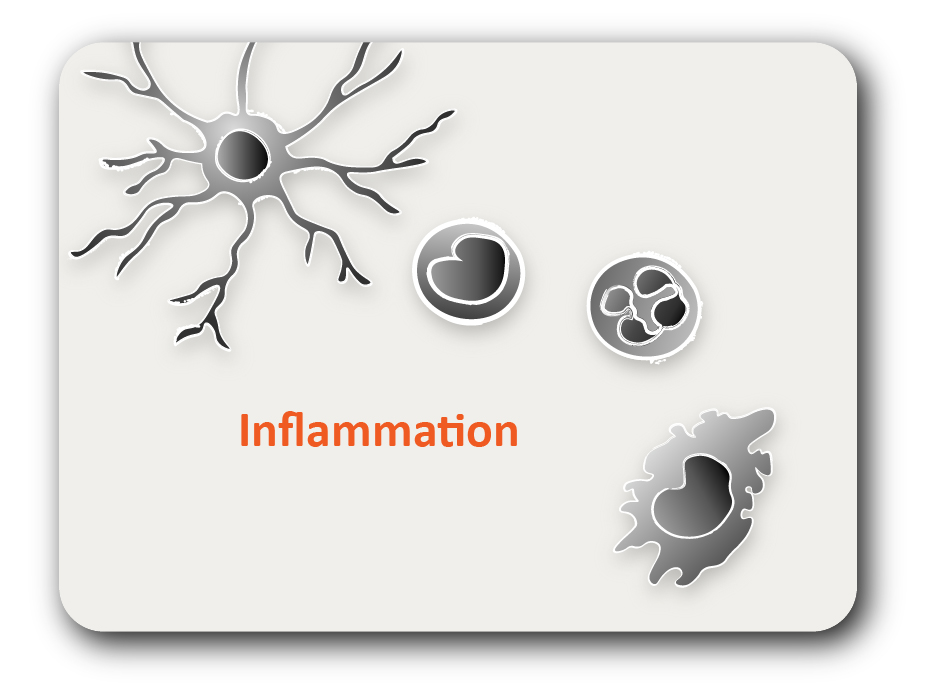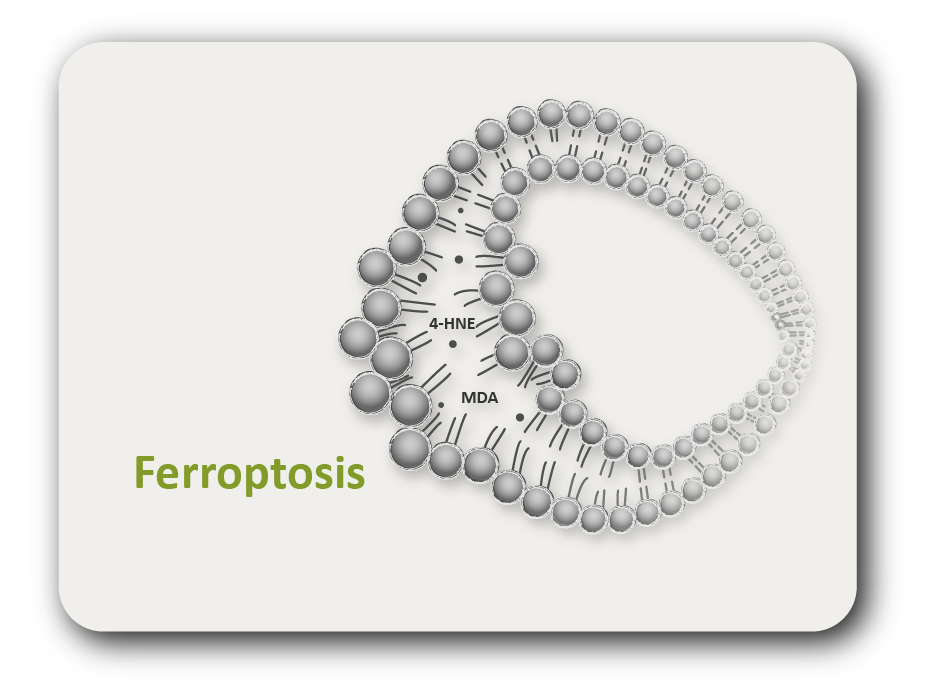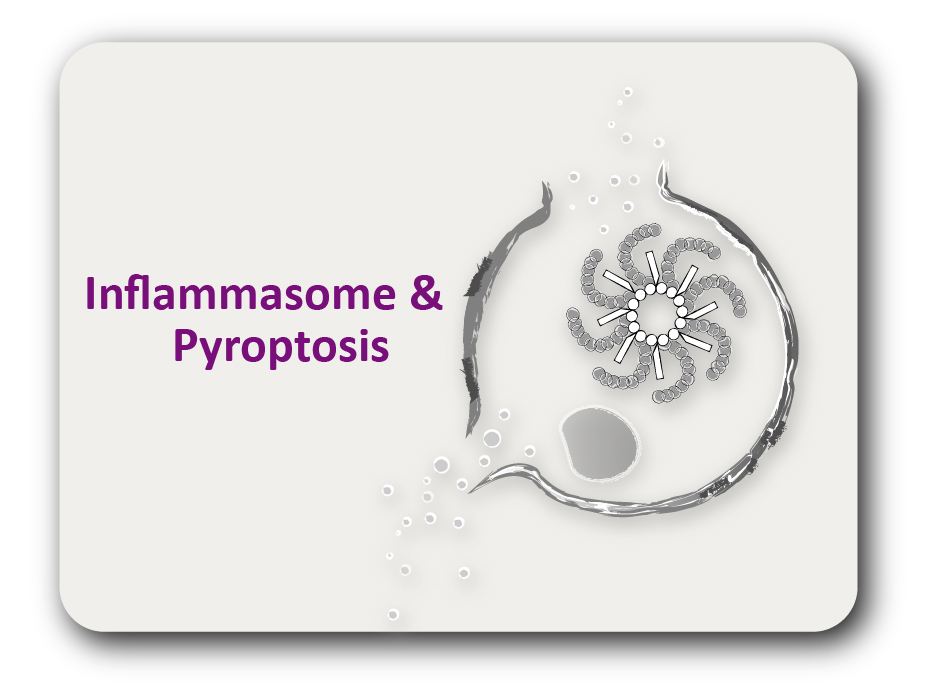ARG70568
Mouse CD180 / RP105 recombinant protein (His-tagged)
Mouse CD180 / RP105 recombinant protein (His-tagged) for SDS-PAGE
Overview
| Product Description | CHO expressed, His-tagged Mouse CD180 / RP105 recombinant protein |
|---|---|
| Tested Application | SDS-PAGE |
| Target Name | CD180 / RP105 |
| A.A. Sequence | Thr21 - Ser626 |
| Expression System | CHO |
| Alternate Names | CD180 ; CD180 Molecule; RP105; CD180 Antigen; Ly78; LY64; Radioprotective 105 KDa Protein; Lymphocyte Antigen 64; Lymphocyte Antigen 64 (Mouse) Homolog, Radioprotective, 105kD; Lymphocyte Antigen-64, Radioprotective, 105kDa |
Properties
| Form | Powder |
|---|---|
| Purification Note | Endotoxin level is less than 0.1 EU/µg of the protein, as determined by the LAL test. |
| Purity | > 95% (by SDS-PAGE) |
| Buffer | PBS (pH 7.4) |
| Reconstitution | It is recommended to reconstitute the lyophilized protein in sterile water to a concentration not less than 200 μg/ml and incubate the stock solution for at least 20 min at room temperature to make sure the protein is dissolved completely. |
| Storage Instruction | For long term, lyophilized protein should be stored at -20°C or -80°C. After reconstitution, aliquot and store at -20°C or -80°C for up to one month. Storage in frost free freezers is not recommended. Avoid repeated freeze/thaw cycles. Suggest spin the vial prior to opening. |
| Note | For laboratory research only, not for drug, diagnostic or other use. |
Bioinformation
| Gene Symbol | CD180 |
|---|---|
| Gene Full Name | CD180 Molecule |
| Background | CD180 is a cell surface molecule consisting of extracellular leucine-rich repeats (LRR) and a short cytoplasmic tail. The extracellular LRR is associated with a molecule called MD-1 and form the cell surface receptor complex, RP105/MD-1. It belongs to the family of pathogen receptors, Toll-like receptors (TLR). RP105/MD1, by working in concert with TLR4, controls B cell recognition and signaling of lipopolysaccharide (LPS), a membrane constituent of Gram-negative bacteria. [provided by RefSeq, Jul 2008] |
| Function | May cooperate with MD-1 and TLR4 to mediate the innate immune response to bacterial lipopolysaccharide (LPS) in B-cells. Leads to NF-kappa-B activation. Also involved in the life/death decision of B-cells. [Uniprot] |





